The Monumental Complex of Las Bovedas or Las Bovedas, as it is known, is commonly confused with the Plaza of France that is just below but it was built much later. Casco Viejo or San Felipe was established in 1673, two years after the destruction of the original Panama City that is now known as Panama Viejo. They selected this location for security reasons.


History of the Monumental Complex of Las Bovedas
Las Bovedas of Casco Viejo was originally called “Punta de Chiriqui”. This area had been designated to build Royal Houses that were basically residences for the upper class, but in the end it was decided to build the defense system of the city. The task of building the Chiriqui Bastion was given to Manuel Hernandez who lived on the Isthmus of Panama for many years. He was the real person in charge of the Portobelo fortifications, in addition to Fort San Lorenzo del Chagres and later, he was promoted to chief engineer and transferred to Panama City.
The engineer Manuel Hernandez was commissioned to fortify Casco Viejo, which became a walled city that was accessible through its gates. The task of creating the Monumental Complex of Las Bovedas in the Baluarte de Chiriqui was the responsibility of Hernandez with the help of engineer Joseph Antonio Birt. The work began in June 1759. In August 1761, Birt received the sum of 2,442 pesos 5 reales for repairing and expanding Punta de Chiriqui, Puerta de Mar, Puerta de Tierra and the barracks and dungeon at Mano de Tigre. He did not manage to finish the work since he was transferred to Peru in 1762.
The completion of the Monumental Complex of Las Bovedas or Las Bovedas finally occurred in 1790. This bastion, which had a barracks and several warehouses, was supposed to prevent pirate attacks. This space consists of seven vaulted spaces that were part of the Casco Viejo defense system. In the 19th century the corridor was built on the walls.
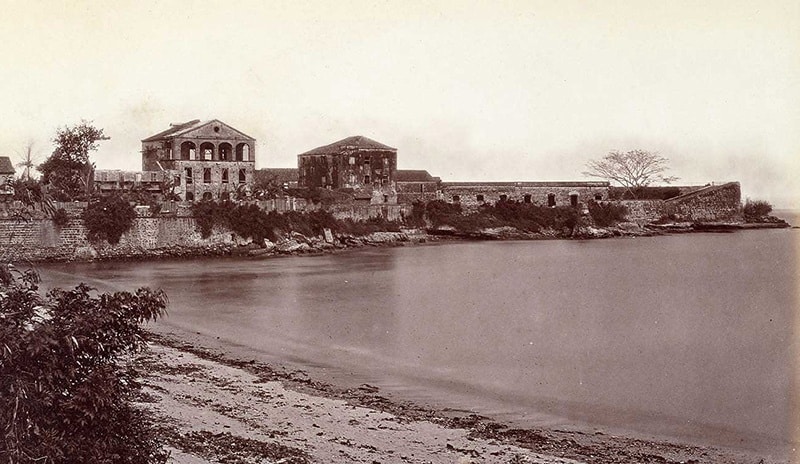

The thickness of the walls allowed it to be used as a barracks and prison. Its most famous tenant was the guerrilla Victoriano Lorenzo, who was shot on May 15, 1903 (before the separation of Panama from Colombia) in front of Plaza de Chiriqui, currently Plaza of France. This indigenous and revolutionary leader had a significant participation in the Thousand Days War, since he influenced the rebel movements on the isthmus.
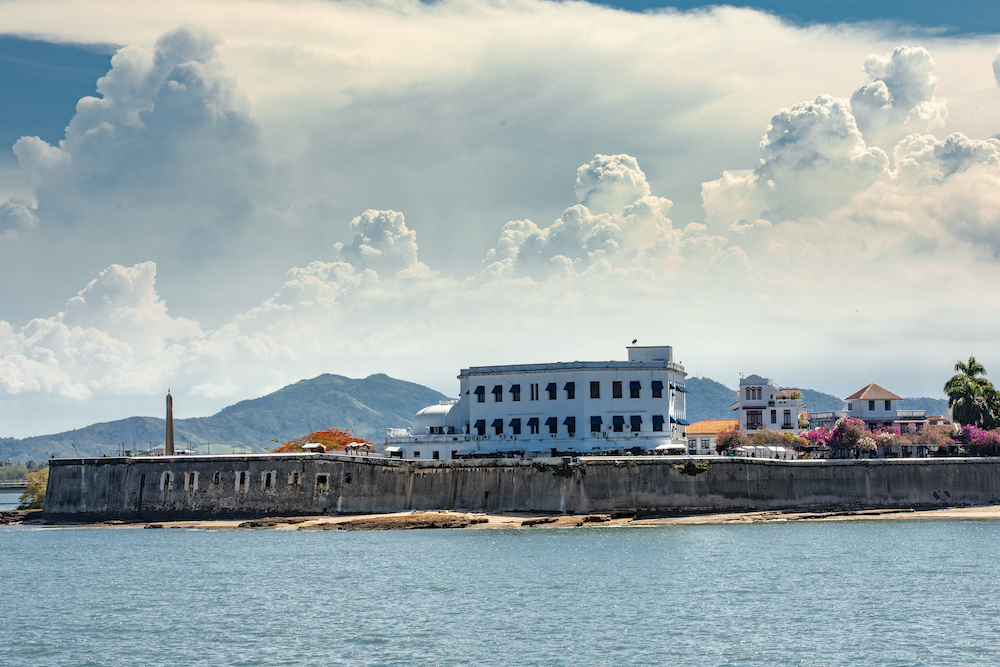


These spaces in the Monumental Complex of Las Bovedas are now used as an art gallery by the Ministry of Culture and by the Office of the Casco Antiguo (OCA). At one point there was a French food restaurant called Las Bovedas.
Plaza of France
This monumental complex was declared a national monument with Law No. 2 of January 8, 1920. In 1923, the Plaza of France was inaugurated by the architect Leonardo Villanueva Meyer. With this construction, the Chiriqui Bastion was completely changed. Right after the old wall was violated again, in what was the old Baluarte de Las Monjas to allow the construction of the old Union Club that is currently the Sofitel Legend Hotel (stay at the Sofitel Legend Casco Viejo). Today only the ruins of the old Baluarte La Mano del Tigre remain after Plaza Herrera.
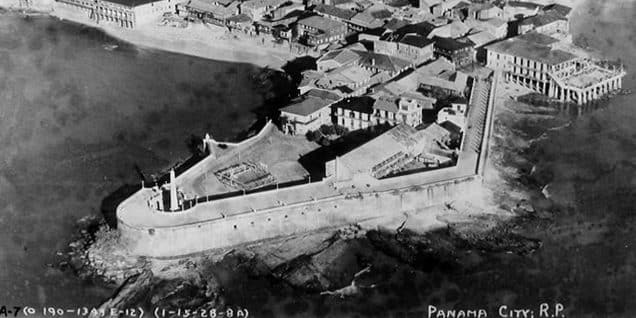
Paseo Esteban Huertas
Another part of the Monumental Complex of Las Bovedas is the Paseo Esteban Huertas, which was the corridor placed on the walls in the 19th century. This walkway was called Paseo de Las Bovedas, then Paseo de Lesseps and finally, in 1944, it was renamed Paseo Esteban Huertas. The last one was a Colombian general who played a fundamental role in the separation of Panama from Colombia. This promenade has a hanging garden with verandas and benches for visitors to appreciate the views of the modern city. There are craft stalls and indigenous Guna women can be seen selling their molas (visit the Museo de la Mola in Casco Viejo).

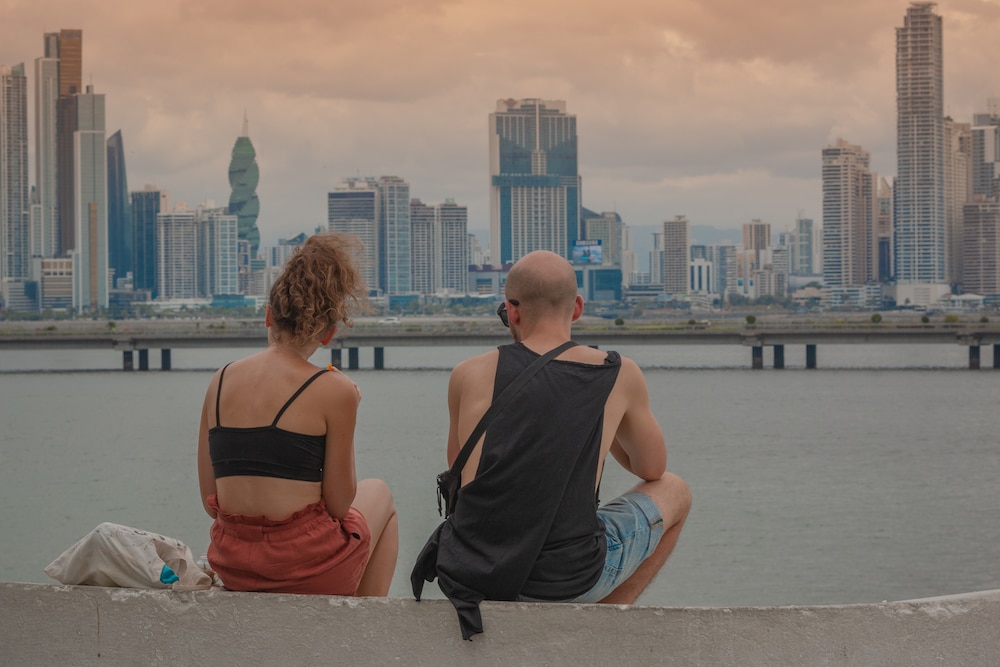
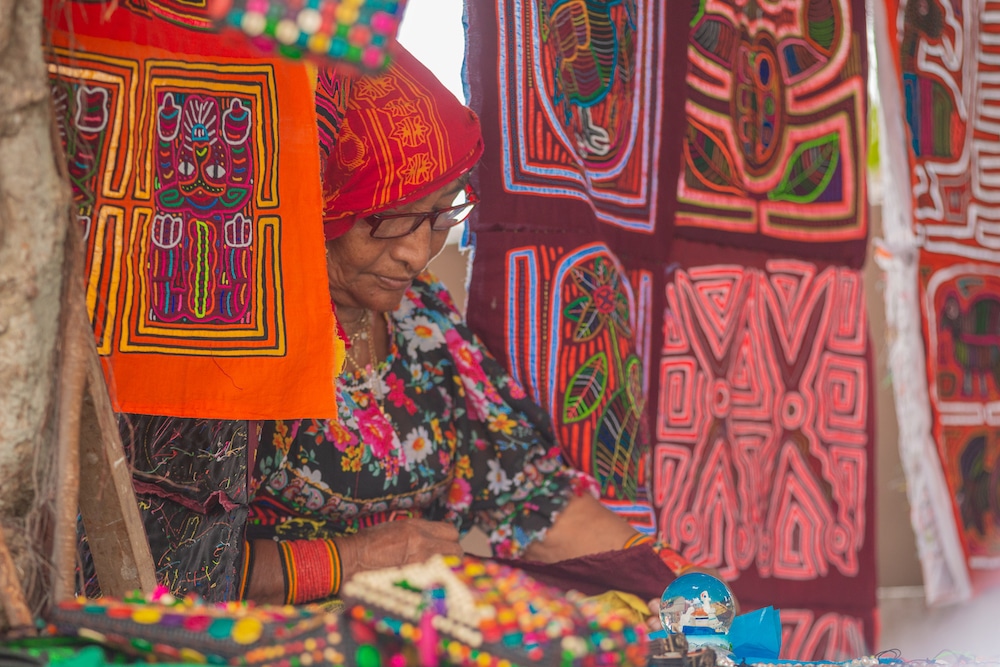
The last restoration of the monumental complex was in 1983. Now it’s time to think about doing another restoration of the Monumental Complex of Las Bovedas since you can see the deterioration in the ceiling in the Plaza of France.